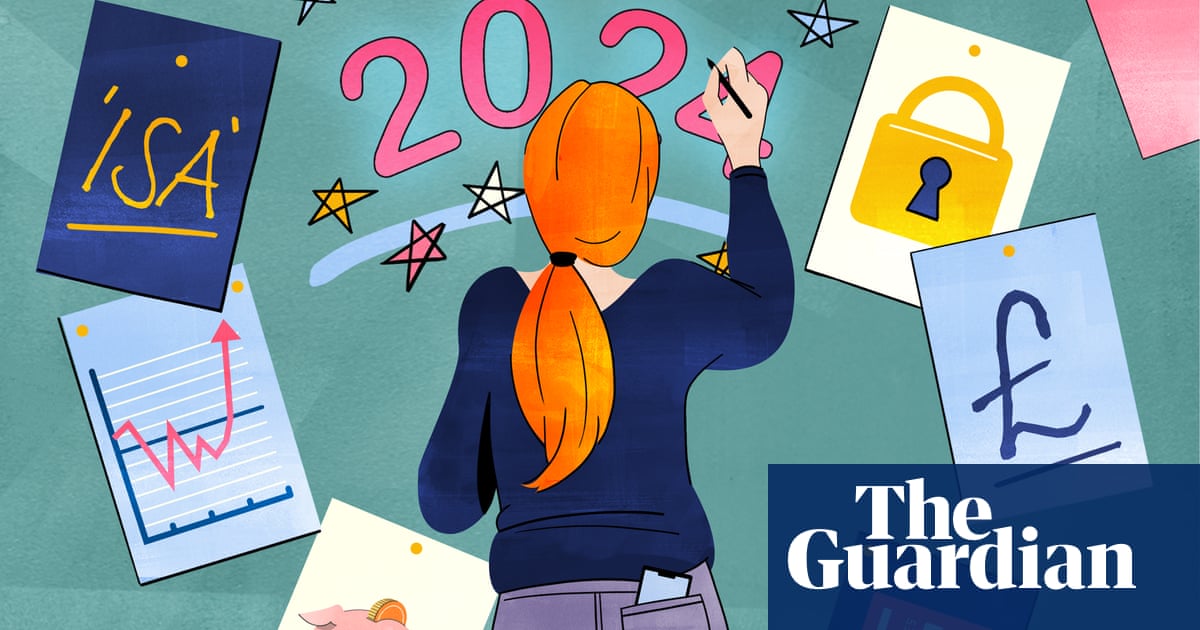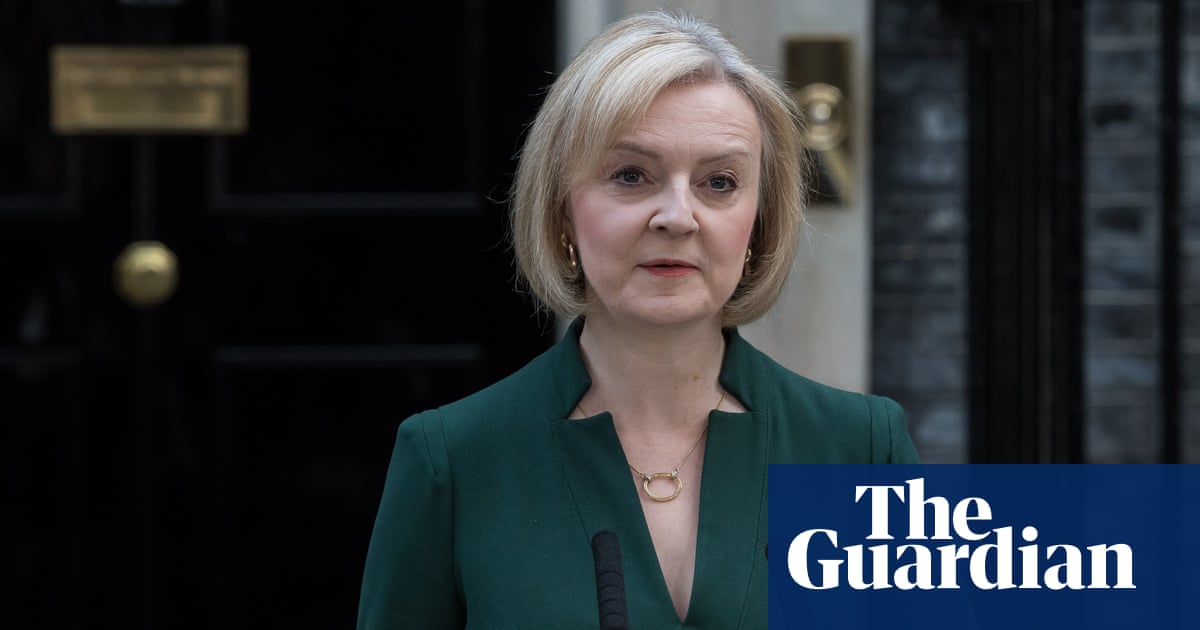
Borrowing on credit cards and short-term loans slowed in January to its lowest growth rate since September 2021 as the Omicron variant discouraged consumers from venturing out to shops, restaurants and bars.
Data from the Bank of England showed a net increase of £600m in consumer credit lending in January, a drop from an increase in December of £800m and £1.2bn in November.
Separate figures covering savings showed that households deposited £7.7bn in January, up from £2.7bn in December, to emphasise the retreat back to a pattern of low spending and high saving seen during much of the pandemic.
Debt charities said the worsening cost-of-living crisis after a dramatic rise in food and fuel bills was likely to push consumer credit higher during the spring.
Richard Lane, director of external affairs at the debt charity StepChange, said: “The months ahead look sobering in terms of the pressures on UK household finances, with the known rises in national insurance and energy prices exacerbated further now by all the uncertainty in the geopolitical environment.”
Joanna Elson, chief executive of the Money Advice Trust, which runs National Debtline, said: “With food and fuel prices continuing to rise, and energy costs set to soar, our fear is that many more people will be pushed into difficulty in the coming months.
She criticised government plans to offset rising bills with a £150 rebate on council tax bills in April and a £200 loan in October as inadequate, adding that the chancellor, Rishi Sunak, should “significantly uprate benefits and increase assistance through the warm homes discount”.
Thomas Pugh, economist at the accountants RSM UK, said the easing of Covid restrictions in February would combine with rising costs to push spending on credit cards and loans higher.
“As Omicron recedes into the rear-view mirror and the economy fully reopens, borrowing should rise and saving rates will drop, helping to support spending in the face of surging inflation,” he said.
He said the average household was in a much better position than before the pandemic, even if many poorer households were struggling. Data showed about £25bn of consumer credit was paid off over the last two years while £225bn of excess savings was built up.
“Normally, a rise in consumer credit is a good indication that consumption is growing strongly because it tends to expand when the economy is good. People feel confident enough to borrow and splurge on big tickets items, such as cars,” he said.
“This time may be different, though. A rise in consumer borrowing over the next year is more likely to be a sign that high inflation is driving consumers to maintain their lifestyles by borrowing.”
Figures for mortgage lending exceeded expectations, with an almost 50% month-on-month increase in mortgage lending in January.
Both lending and approvals remained elevated above pre-pandemic norms, said Karl Thompson, an economist at the consultancy Cebr, after net mortgage borrowing increased by almost 50% from an upwardly revised £4bn in December to £5.9bn in January.
The threat of higher interest rates from the Bank of England was considered to be one of the driving forces behind the jump in borrowing, coupled with a cut-throat lending market, with banks and building societies cutting fixed-rate offers.












